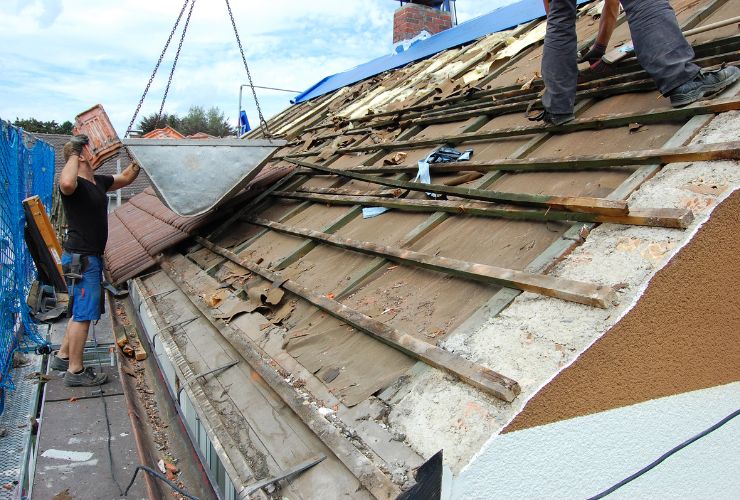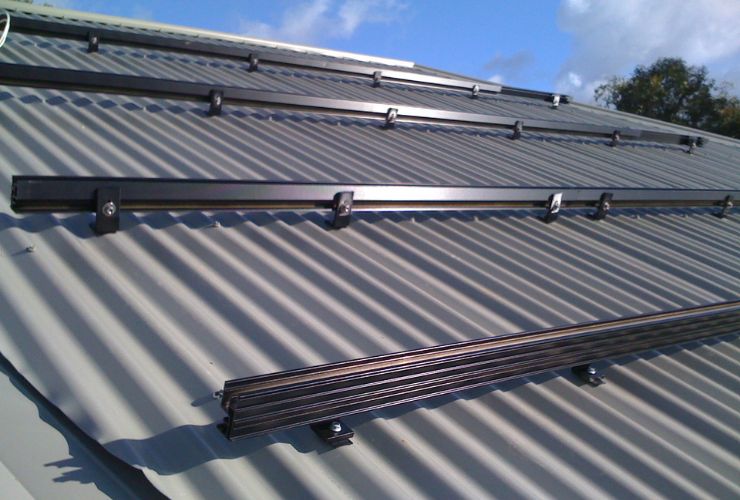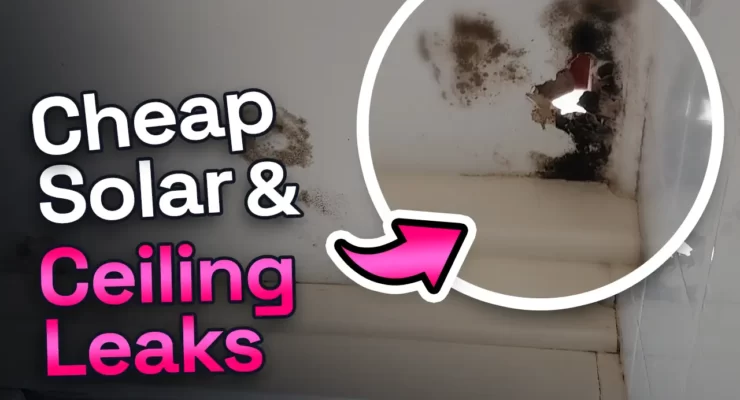Fast read
As the demand for solar systems rises, newcomers often have questions, including whether solar panels lead to roof leaks. However, solar panels themselves don't cause leaks; they actually add a protective layer.
Properly designed mounting systems don't compromise roof integrity either. Poor installations or existing roof damage, on the other hand, can result in leaks. Thus, selecting a reputable solar company is crucial. Prior to installation, assessing the roof's condition is essential; aged tiles can be brittle.
Installers walking on roofs may inadvertently damage tiles, requiring spares. Careful attachment of tile brackets, especially grinding for proper fit, prevents leaks. Adequate sealing and correct installation of wire entry points also avoid leaks. Choosing trusted solar panel installers, performing maintenance, and ensuring proper waterproofing are key preventive measures.
As the popularity of solar energy systems increases, more people are looking to purchase their first system. With this transition comes various questions. One of these is if solar panels cause roof leaks. This article will explain everything you need about solar panels and roof water leaks.
Do Solar Panels Cause Roof Leaks?
Solar panels do not cause roof leaks. Panels act as an additional protective layer to your roof. The mounting systems that secure the panels in place are also designed not to affect the structural integrity of your roof.
Understanding how solar panels could cause roof leaks
Solar panels themselves cannot cause roof leaks. However, poor quality installations and damaged roofs can. This is another reason why choosing a reputable solar company with experience, quality installations, and great customer service to install your solar system is essential. Several things to look out for and points in the solar panel installation process that could cause damage and risk of roof leaks.

Roof condition
The first thing to consider before installing solar is the roof’s condition. If the roof is not in great condition before the installation, the risk of damage to the roof and the potential for leaks increases.
For example, if your roof tiles are over 20 years old, they are likely weathered and brittle to walk on. If this were the case, looking at options to replace, renovate, or resurface the roof surface would be worth it.
Similarly, it’s advisable to assess colourbond, tin, or any other roof surface for wear and tear before installing. Proper roof preparation becomes paramount since a solar system is intended to remain operational for 20+ years.
When the solar system is being installed, 2 or 3 people will usually walk on your roof throughout the process. While you would expect them to take due care, there is always the risk of damage to tiles. Particularly, tiles can be fragile, damaged, or cracked, leading to leaks.
Make sure you have extra tiles before installing solar panels on a tile roof. This is in case any tiles get damaged during the installation. Keep the spare tiles on hand for the installers to use if needed.
Tile brackets fixing
Attach the tile roof brackets to the roof battens, then slide the roof tile over the bracket to secure it and slide it back into place. Sometimes, the tile may not fit snugly back over the bracket. This creates a gap which allows water to seep into the roof cavity when it rains.
Installers need to grind the underside of the tile to fit snugly over the bracket and seal it to prevent leakage. If this is not done or done incorrectly, there is a risk of leakage.
Colourbond brackets
Incorrectly installed roof brackets, inadequately sealed screw holes, and improper sealing are common issues that can result in leaks during rainfall. When roof brackets are not securely fastened or are placed in the wrong locations, they may fail to provide proper support for the solar panels, leading to instability and potential water ingress.
If the screw holes are not sealed properly, moisture can get in and cause leaks in the roof.
Clip lock roof brackets
When dealing with flat or clip lock roofs, it’s essential to attach mounting brackets to the tongues or ridges of the roof surface instead of the valleys of flat sections. Attaching the brackets to the valleys in flat sections increases the risk of rain leakage.

Wire penetrations
Improper installation and sealing of the entry points for solar wires through the roof can pose a significant risk of leakage. When these entry points are not properly sealed, rainwater can infiltrate through the gaps, potentially causing water damage to the roof structure and interior of the building.
Preventing roof leaks caused by solar panels
You can take some preventative steps to minimise the chances of having a roof leak when installing a solar system.
The first is to hire a reputable local solar installer. Make sure the installer is trustworthy and has a record of quality installs.
The installer should also perform a roof assessment before starting the installation. You may be best off going with someone else if they do not. Also, ensure that the installer provides a warranty on their workmanship, not just the panels’ performance.
Another step you can take is to get roof maintenance before beginning the solar installation process. This will ensure your roof is in good shape before installing the panels.
Waterproofing is another preventative step you can take. This includes using high-quality flashing and sealing materials to prevent water intrusion in roof penetrations and attachment points.

